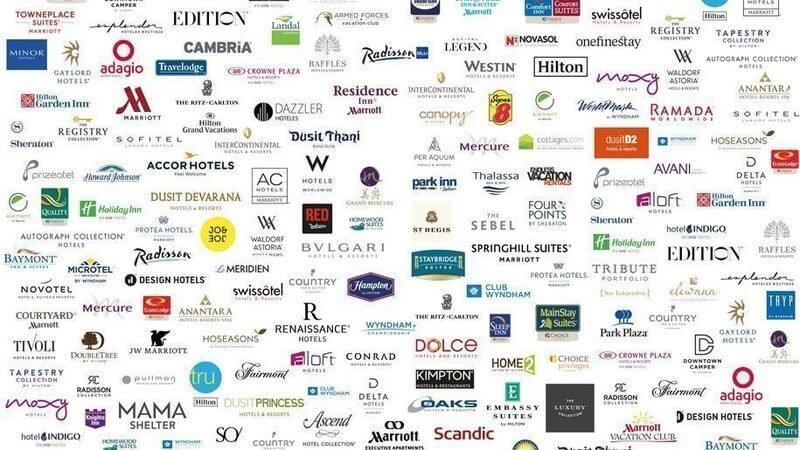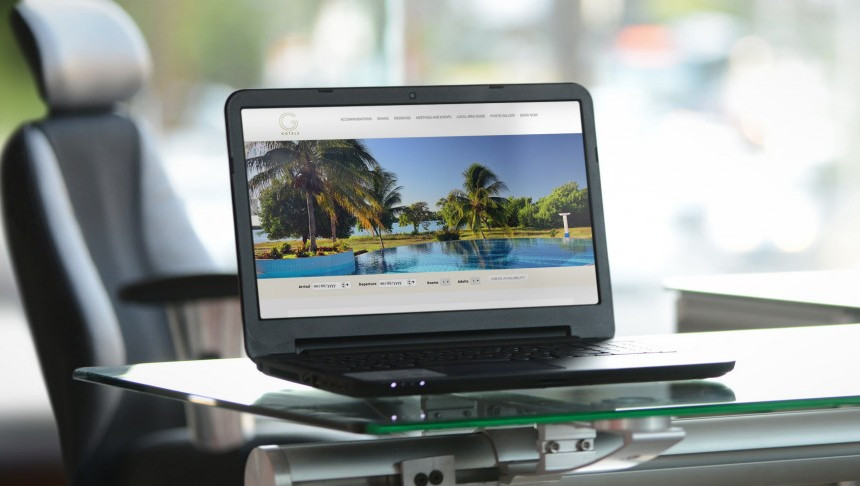
The rise of brands has been the dominant trend in the global hotel industry over the past four decades. During this time, many hotel owners sought brand representation, while most brands themselves exited the business of owning or operating hotels. Starting with some three hundred brands at five price points, the hotel chains have repeatedly created brands that subdivided those price points.
NB: This is an article from Cornell Center for Hospitality Research
Subscribe to our weekly newsletter and stay up to date
With brands now numbering over a thousand, hotel owners and guests face a “sea of sameness” among many of the brands in today’s markets. In some cases, one brand is only marginally distinguishable from another, and the challenge is to discern the differences. One outcome of this growth is greater bargaining power for independent operators who can use social media to attract guests. Another outcome is a search for additional brand concepts, including lifestyle brands.
To continue growing, brands will increasingly have to use technology and also apply research and development to assess their brand concepts. In sum, brands must find a way to differentiate themselves and develop “tribes” of customers who identify with particular brands
The past fifty years have seen a power shift between hotel owners and hotel brands at all levels. In the late 1970s, owners had the power and brands that didn’t own their own hotels were begging for business. Today, brands have the power, with owners begging to affiliate. One manifestation of this power shift is the presence of an “area of protection,” also known as a “radius clause,” in hotel management and franchise agreements. Thirty years ago, the establishment of an area of protection was more the rule than the exception. Today, it is more the exception than the rule.
Two factors underlie this power shift – increased room supply, and consolidation of numerous brands under one umbrella. The approximately 10 million hotel rooms that were available in 1990 had grown to about 17 million rooms by 2020. In 1990, most firms held a handful of brands in their portfolios, typically fewer than 10, but today Hilton carries 19 brands, Marriott 32, Accor 43, Hyatt 29, and IHG 19, for a total of 113 brands among the top five firms. While many brands are well conceived and reasonably successful, others are struggling.
In an earlier era, a brand would report its financial ratios by citing occupancy percentage, room rates, and
revenue per available room. Those ratios still underlie the brands’ success or failure, but the key measurements today are the number of rooms that a brand represents and growth in that number. To give just one example, early in 2024 Marriott reported some of the following outcomes. In that report, its system included 9,000 properties and more than 1.6 million rooms. In 2023 Marriott reported adding a company record 91,000 rooms. As part of its 2023 growth, the company acquired the City Express brand, which added 150 properties and 17,500 rooms. Other publicly held hotel companies can make similar reports to shareholders.
I submit that this power shift from owners to brands has led to brand bloat, brand blurring, and brand burden, reflected in higher fees. As I discuss below, this bumper crop of brands has led to a “sea of sameness” that threatens the viability of existing brands, confusing guests as well as owners. I foresee
a battle between brands and hotel owners in the years ahead, with brands demanding stricter adherence to brand standards and owners holding brands accountable for the return on brand investment – a coming shakeout in which some owners and brands will part ways and some brands will go extinct.
In this article, I discuss how we got here, where we are, and where we are headed.
How We Got Here: A “Burst of Tiers”
Nearly fifty years ago, the hotel industry witnessed an explosion of new brands created for specific product tiers, introduced by the firm then known as Quality Courts and now known as Choice Hotels. This idea formalized the reality of the industry, because various hotel companies were already operating multiple brands at varying price points. For example, Hyatt originally operated a series of Hyatt House motels, to which the Pritzker family added its high-level, full-service Hyatt Regency–branded hotels. For its part, Quality created the Quality Royale brand (which eventually merged with the Clarion brand), along with its Comfort brand.
Read the full article at Cornell Center for Hospitality Research




